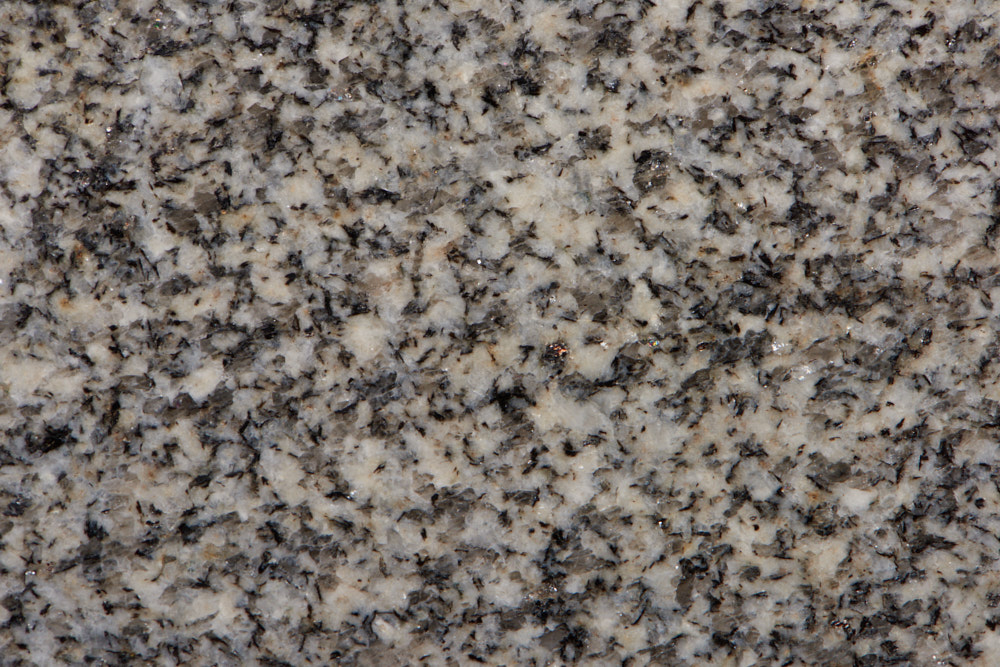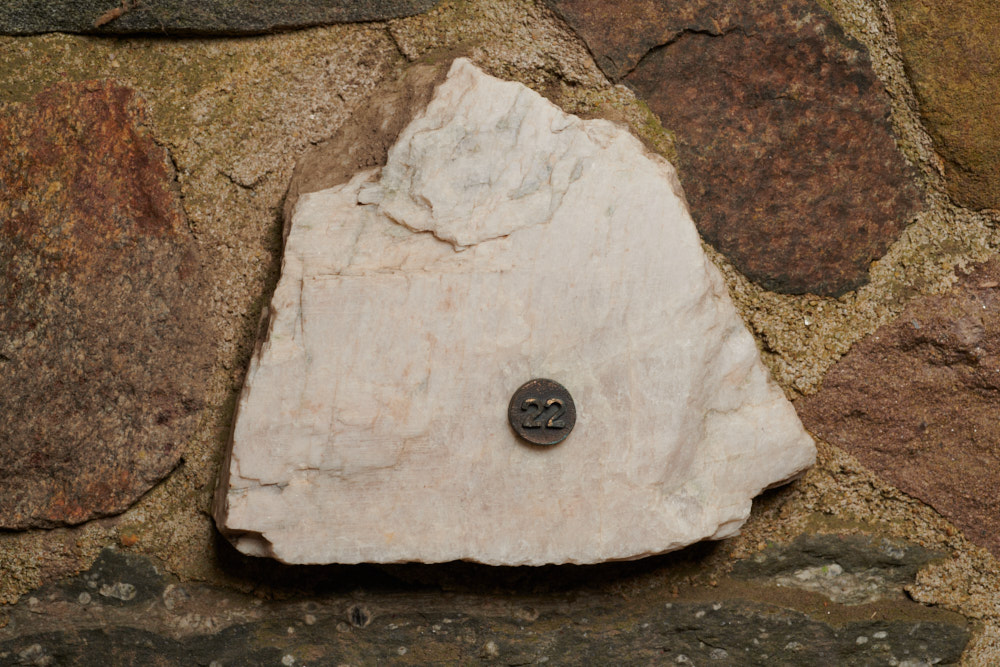The Stone Pavilion Project
Documentation and Quality Control


This page is linked to the main page for each of the 50 specimen stones. In most cases, our identifications are based on qualitative judgments, and are thus subject to ongoing revisions.
Limited Analysis Only
Despite a three-year search with help by professional archivists and agency staff -- the UConn archive, the College of Agriculture, Health, and Natural Resources, the State Grange, the National Grange, the New Britain Historical Society, the Mansfield Historical Society-- we have not yet found a list or inventory of specimens. Knowing where they were collected from would have been an enormous help, even if the original collector was unable to identify them because we would have then gone to the local geological maps and compared our observations with published observations based on analytical data. It is possible that Marsh's list or a duplicate might turn up some day. If so, we will improve our identifications.
Initial Identifications
Lacking documentary sources, all specimens were initially identified and described "off the wall" by professor Robert M. Thorson, who used a wire brush to clean the stone surfaces, a hand-lens to examine crystals and grains, a steel knife to determine hardness, and dilute hydrochloric acid to test for presence of the mineral calcite. No sampling, dating, lab analysis, or thin section examinations were performed. These are the usual methods for identifying rocks with some confidence. Before this site went online, all specimen identifications were cross-checked and clarified by professor Ben Chilson-Parks in November 2022 using the close-up photos.
Help from State Geological Surveys
Requests for help confirming the identifications and sourcing the specimens were sent on UConn letterhead to the staff of all 50 state geological surveys in the Fall of 2021 in a process facilitated by student Sydney Dudda. Each request was accompanied by a high resolution photograph and close-up taken by Peter Morenus. A second letter was sent in Spring 2022 to those not yet responding.
Of the 50 state geological surveys we contacted, 32 helped with identifications. On our State-by-State page, we credit and acknowledge the help of state survey staff without naming individuals because identifications were based entirely on the photographs along with some follow-up correspondence and phone conversations. We made a judgment call that the identifications of place and specimen lithology were not certain enough to attach this information to specific people. As of November 19, 2022, our help included: three anonymous staff members, Dick Berg, Karen Berry, Ken Bradbury, Scott Brooks, Ryan Clark, Ron Clendering, Tim Cowan, F.M. Conway, J.M. Davis, H. Delano, D. Dockery, John Dooley, Nelia Dunbar, J. Falds , L. Greif, Chris Higgins, Jon Kim, Martin Kohl, Rebecca M. Lecain, Pete Lemiszki K. Ludvigson, Ranie Lynds, S.B. Mabee, Sarah Mardon, McDowell, Guy Means, Robert Morrow, Patrick Mulvany, Tim Nesheim, Peggy Perazzo, Rockman, Dale Shelton, David Spears, Margaret Thomas, and John Yellich.
Limitations and Approximations
A few specimen locations are exactly known, for example the specimen from Georgia with the name "Stone Mountain" carved on a quarried slab, and the slab of petrified forest from Arizona. Most are otherwise unconstrained, except by the geographic range of associated geologic formations, or rare rock types, as described by state survey staff or by published maps. Some lithologies, for example the Devonian Oriskany Sandstone, are widespread. Though this specimen is attributed to Pennsylvania (#36), the same or similar rock could have been collected from any one of six other states in the Appalachian Basin: New York, Ohio, West Virginia, Maryland, Virginia, and Kentucky. Some specimens were collected from known quarries, but most were otherwise from unknown sources. Most specimens, we can assume, were collected near roads, which were fairly limited in the 1930s. All but three specimens were apparently collected from rocks in situ, meaning outcrops of bedrock or associated fragments. Ex situ exceptions include glacially transported Precambrian boulders from North Dakota Minnesota, and Kansas.
One Likely Misattribution
Except for the state label attributed to specimens, we do not know exactly where any of them were collected. With one exception, our identifications and those by our collaborators are consistent with the specimen having come from the state it's attributed to in the exhibit.
Our one exception was the unshaped, sharp-edged block of perthite (?) pegmatite quartz/feldspar from Mississippi (#22). Based on the list of Formations within Mississippi compiled by the USGS, we concluded that no listed rock could have been a source for our igneous specimen, which requires orogeny.
The alternative to it being a bedrock outcrop is that the specimen could have come from gravels transported southward from the craton by the modern or ancient Mississippi.The specimen is too large, fresh, and sharp-edged to have come from a boulder transported. Our interpretation that the stone was misattributed to Mississippi was independently confirmed by staff of the Mississippi state survey. How this mix-up happened is not known. Most likely it was mislabeled.